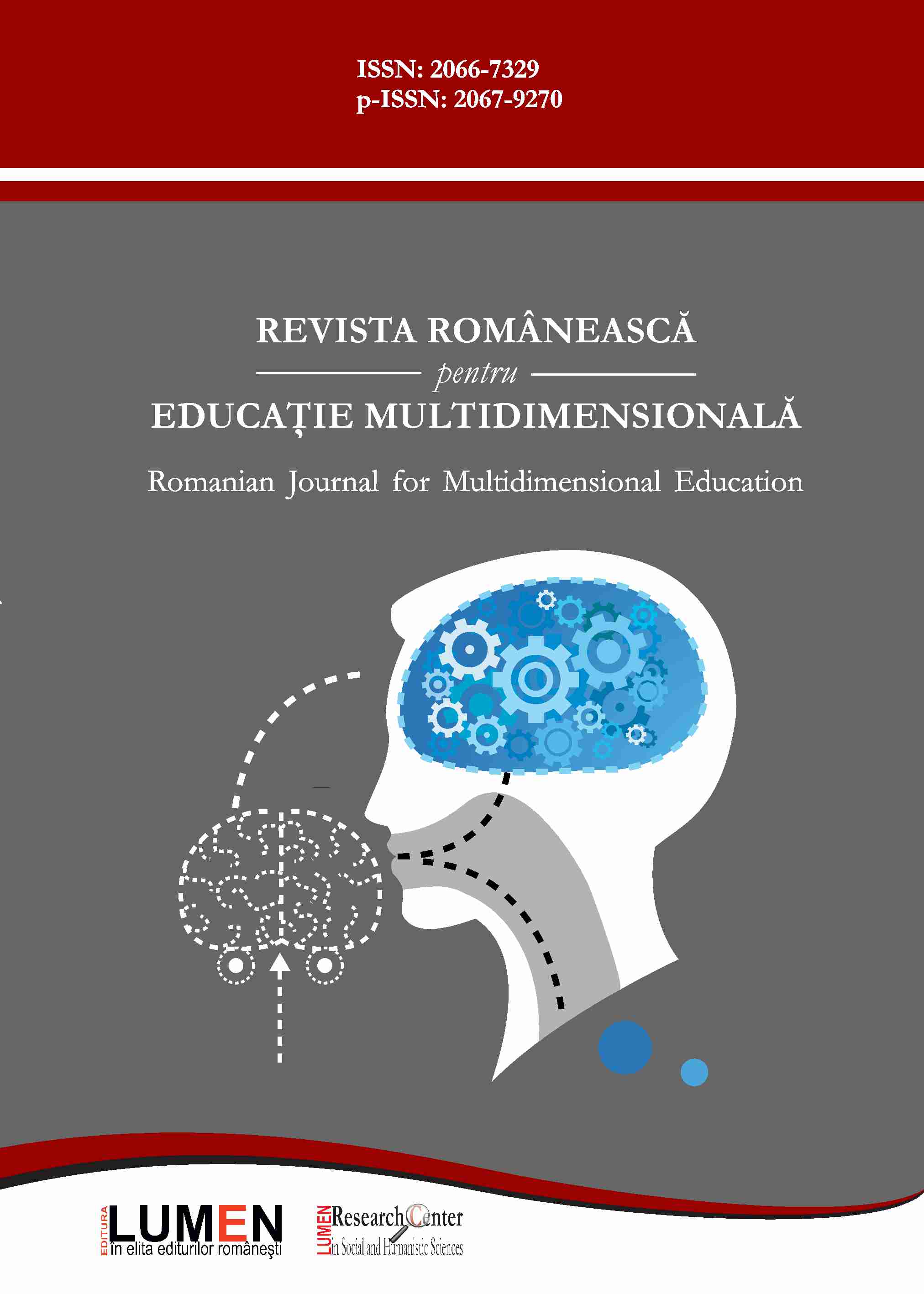Prosocial Behaviour of Teenagers and Adolescents: Concepts and Tendencies
Prosocial Behaviour of Teenagers and Adolescents: Concepts and Tendencies
Author(s): Oksana Mykolaivna Chaikovska, Tetiana Holovach, Liudmyla Melnyk, Liubov KuzoSubject(s): Personality Psychology
Published by: Editura Lumen, Asociatia Lumen
Keywords: Teenage; adolescence; altruistic position; empathy; selfish orientation; prosocial tendencies; prosocial orientation; values;
Summary/Abstract: The article provides a fundamental analysis in the detecting of the concept of "prosocial behaviour", relying on the existing studies. It is considered as a set of personality traits that determine a person's tendency to help others and willingness to benefit others and society. The structure of prosocial behaviour distinguishes the main components of prosocial behaviour: humanistic attitudes to interaction, empathy (the ability of a person to respond emotionally to the experience of another person), moral behaviour (moral values, moral actions, personal values) and altruism (selfless activity and helping people).The level of altruism, selfishness, empathetic tendencies, prosocial tendencies of student youth, norms of prosocial orientation are recognized as diagnostic indicators of prosocial behaviour.The following research methods are used: theoretical (analysis of scientific sources, generalization of the analysed literature and its systematization, identification of basic principles that the research is based on, formulation of conclusions); empirical and statistical methods.The results of an empirical study showed that teenagers' self-esteem is dominant in comparison to adolescents’, though the level of empathy among youth is proved to be much higher. It has been grounded that the empathy of adolescents, as well as teenagers, increases in situations of support and enhancement of the well-being of others, selflessness and sincerity. It has been confirmed statistically that teenagers giving assistance are characterized by the assessment of cost, loss and reward; however, adolescents are strongly exposed to a higher social responsibility rate.
Journal: Revista Românească pentru Educaţie Multidimensională
- Issue Year: XII/2020
- Issue No: 1
- Page Range: 226-243
- Page Count: 17
- Language: English

